History Galleries and Special Exhibits
This is the museum’s lobby. From here you can choose which gallery to enter.
There are seven History Galleries. These tell the story of the Black Holocaust in chronological order from life in Africa before captivity to African American life today. Each history gallery has a home page where you can view all its current exhibits, find resources for further learning, and peek at planned exhibits.
Click on the Special Exhibits Gallery to visit our Memorial to the Victims of Lynching, the Freedom-Lovers' Roll Call Wall, an art exhibit, and featured temporary exhibits.
Explore the galleries in order – or start in one and jump to another. Stories within each gallery contain links, so you can follow interconnected stories from one exhibit to another. Or from one gallery to another.
The museum is constantly adding exhibits. Cyberspace is virtually infinite, so you will always find your favorite exhibits alongside the new ones.
You can also discover all of our online exhibits through our new Self-Guided Tours, which groups exhibits by topic, including the four pillars of our museum: Resistance, Remembrance, Redemption, and Reconciliation. Each topic page connects exhibits and stories to highlight how issues such as race that are important to our message connect over time, from slavery to COVID-19 and beyond. Explore our site using this alternative method or scroll down to view exhibits in chronological order.
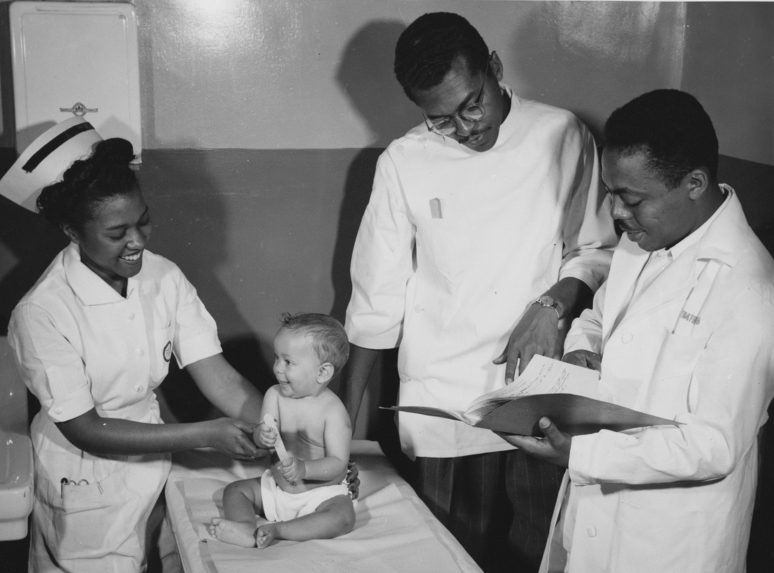
Select a Gallery
Many of us believe Africa was “uncivilized” before Europeans arrived there. Nothing could be further from the truth.The lives of Africans before slavery were much like the lives of the Europeans who captured them.
Pre-captivity Africa and its great civilizations provided the world with crucial technologies, in mathematics, architecture, medicine, astronomy, agriculture, marine navigation, art – and more.
From the 1400s to the 1800s, the voyages known as the “Triangular Slave Trade” were part of a complex international system of commerce.
Many people involved in this commerce made fortunes by capturing, selling, buying, transporting, and forcing adults and children into hard labor as prisoners for life.
Learn how this so-called “peculiar institution” shaped our country's past – to understand how it continues to mold our economic, political, legal, and social systems today.
This gallery explores the brutal realities of enslavement. It also tells uplifting stories of resistance and redemption by the enslaved and their allies.
This gallery explores the complex story of the promises of full citizenship made to black Americans – and then broken – in the dozen years following Emancipation. It also reveals some of the ways African Americans developed new community institutions that contributed greatly to our country's development during this tragic period and beyond.
Following the Civil War and Reconstruction, white people – in both the South and the North – found ways to maintain their accustomed power over black people. They did this through a combination of laws, social customs, and mob violence. This oppressive system is known as “Jim Crow” or "the Nadir."
The struggle for justice and equality stretched across the entire 20th Century. We call the especially active years of the 1950s and 1960s “the Civil Rights Era.” African Americans developed creative ways to protest racial inequality and gain new legal rights.
After the Civil Rights and Black Power movements, many citizens – black and white – thought African Americans could now live the American Dream of liberty and justice for all.
But, sadly, our country has not yet achieved its journey to justice. This gallery explores the roadblocks that persist and the efforts of many Americans to dismantle them.
This gallery examines the struggle for Black voting rights, leading up to Freedom Summer in 1964. It highlights key events, including the fight for voting rights, the creation of Freedom Schools, and the establishment of a new political party in Mississippi. The exhibit connects these efforts to Milwaukee and Wisconsin, where America’s Black Holocaust Museum and the Wisconsin Black Historical Society & Museum are located. It concludes with a discussion of the ongoing fight for voting rights today, rooted in this inspiring history.
- A Memorial to the Victims of Lynching
- The Freedom-Lovers' Roll Call Wall
- Stories Behind the Postcards
- Portraiture of Resistance
- Echoes of Equality: Art Inspired by Memphis and Maya
Comments Are Welcome
Note: We moderate submissions in order to create a space for meaningful dialogue, a space where museum visitors – adults and youth –– can exchange informed, thoughtful, and relevant comments that add value to our exhibits.
Racial slurs, personal attacks, obscenity, profanity, and SHOUTING do not meet the above standard. Such comments are posted in the exhibit Hateful Speech. Commercial promotions, impersonations, and incoherent comments likewise fail to meet our goals, so will not be posted. Submissions longer than 120 words will be shortened.
See our full Comments Policy here.
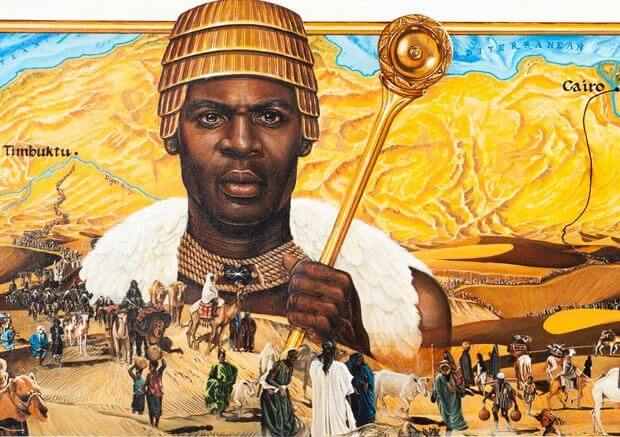
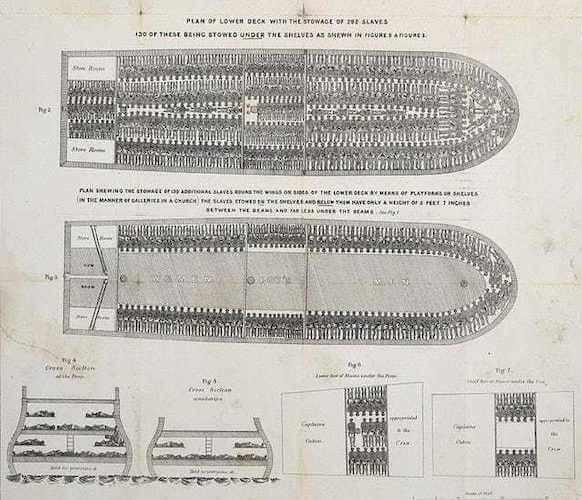
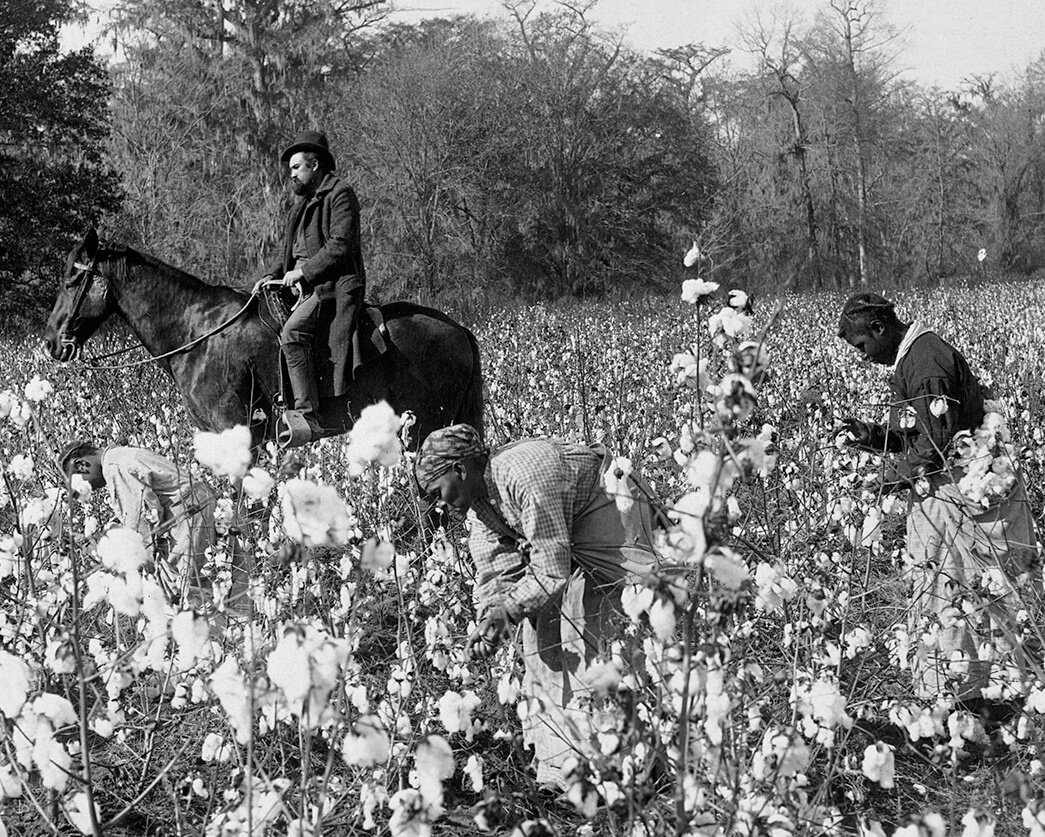


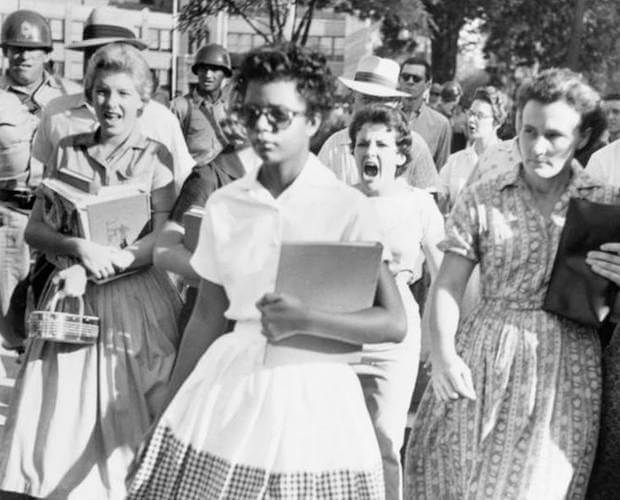


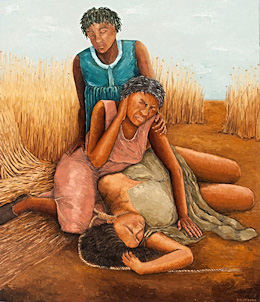
Look at an 1747 map of west Africa where Ghana is today. You will find K’DM of Juda. We are bloodline Jews. We were in Spain and all over Europe before we were brought to Africa.
I can’t wait to visit this museum and think the name is on point!! And I loved the clearly written explanation for the name selection!! We as blacks suffered a holocaust and are still to this day, sadly!! I have gleaned a great deal from the various galleries information on your website and look forward to actually seeing the museum in person!!
I’m struggling to understand how this relates to the Holocaust? Maybe I missed something. But seeing as it’s International Holocaust Remembrance Day and this project, while important, has nothing to do with the 6+ million people who were killed during the Holocaust, how is this even remotely relevant?
Anna, you can find the answer to your questions in our exhibit What is the Black Holocaust?
Hi Anna, The word holocaust is defined as a complete devastation or destruction; or a mass slaughter. The term holocaust is most often used when talking about the devastating mass murder of Jews before and during WWII. However, when we look at the history of the treatment of Black people across the globe, the term holocaust is warranted.
This is not directly linked to the Jewish Holocaust that took place in 1940`s Germany, the word Holocaust is just used in relation due to its meaning. They literally explain it on the site “About ABHM” and in the exhibit “What is the Black Holocaust”
Anna, please see Seth’s response.
is the museum open for people to come in real life?
Yes, once the virus is over and it’s safe for people to be together, the physical museum will re-open at 401 W. North Avenue in Milwaukee, WI, USA.
It will be open as soon as it is safe for people to gather in a museum.
I look forward to the museum’s re-opening! It’s a beautiful space and one of our most important community assets. My gratitude and admiration to all who protected and nurtured Dr. Cameron’s vision and made it a reality again for us to learn from and share.
Anna, really, where have you been? Are completely unaware of what has happened to black people Worldwide, for centuries?
As someone who works with children in the inner city, this place should be first on the list for field trips. Too many African American children don’t know their history, not to mention the ones they are not interested in learning. And yes black history is still being taught in schools but it’s limited. It’s also up to the teacher if they want to teach beyond the month of February.
I’m looking forward to visiting the museum when it opens (hopefully on my next trip to Milwaukee to visit family members). I don’t know if this is the place to ask this, so please take it down if it isn’t, but I’ve been wondering about the public school system in Milwaukee and whatever happened to desegregation. How is it that “magnet” schools operate within the MPS that essentially market their curriculum to white parents while neighborhood schools are filled with the poorest students? I realize that cities run their own school systems how they see fit, but why is this inequality tolerated in a city where the largest ethnic category (according to the US Census Bureau) is African-American?
Betsy, you raise a very important issue. It is hard to give a short answer about the complex realities — historical and contemporary — that have resulted in the conditions in Milwaukee Public Schools. But I’ll give it a try with the following brief overview.
The fact is that many school systems all over the country, not just in Milwaukee, are as racially segregated now as before the Supreme Court’s Brown v. Board desegregation decision. Sadly, the Brown decision required schools to desegregated with “all reasonable speed,” which “speed” was left open to wide interpretation and made enforcement difficult. An side effect of the case was the letting go of thousands of qualified Black educators and administrators, which meant that Black students in “integrated” schools rarely were taught by Black teachers. This has led, among other problematic consequences, to further racial disparities. For example, the proportion of academically gifted Black students invited to AP classes tends to be lower than the proportion of academically gifted White students invited. The magnet schools were indeed created in the hope of keeping white students in the city’s public school system but “white flight” to the suburbs and to religious schools was still more of a draw for white parents. Black students do benefit from magnet schools, but sadly public schools largely depend upon financing from their local tax base. As residential segregation increases, so does school segregation. As the White families pulled out of public schools in favor of suburban and private schools, the proportion of lower income families in the public school district grew, so less funding was available for those schools. A fair amount of funding to make up the rest of school districts’ budgets comes from the state. Unfortunately in recent years, Wisconsin’s state government has tended to look negatively upon our “majority minority” city and does not see its school system as deserving of equitable funding, despite the greater needs of our city’s historically under-resourced neighborhoods, families, and students.
As the parent of 2 Milwaukee Public School graduates, I wish to say that many MKE schools manage to offer a good education, despite the obstacles they face. There are many caring and committed educators — Black and white — doing commendable work on behalf of our children in much less than ideal conditions.
I understand Anna’s question, and have the same perspective: Holocaust is used to describe the mass murder of Jews under Nazism. Even in places where mass slaughter has taken place (Rwanda, Darfur, Srebrenica), the word “holocaust” is not used, but rather “genocide,” or “ethnic cleansing,” or “massacre.” As vile an institution as slavery was, its aim was the extraction of free labor, not state-sponsored annihilation. To me, use of the word feels like appropriation. However, others may feel that each oppressed group has the right to describe their history using whatever language feels appropriate.
Nevertheless, I agree with Anna, and feel that the term “Holocaust” is confusing. That being said, the use of attack dogs to quell riots, Tuskegee medical experiments, the heartbreaking details surrounding the destruction of Tulsa’s Greenwood – all these come straight out of the Nazi playbook.
Appropriation of the word holocaust? If anything it’s been appropriated from the 100’s of millions of Africans that have been sold into slavery, colonized, murdered and divested of their land, culture, language, and identities. To annotate that (slavery) it was only about free labor isn’t confusing, it’s what we understand it for, what we know as white privilege. To imply that one atrocity is more significant than other’s based on some perceived notion of importance is ludicrous. Before the nazi’s were murdering their fellow Europeans, they had already been performing heinous lab experiments on defenseless African people, and murdering them.
The term Holocaust is confusing because it is colloquially associated with the Jewish genocide but one has to remember that in the extermination campaign of the Nazis also huge numbers of Roma, LGBT communities, religious groups, handicapped people and political prisoners were annihilated. The Nazi death camps are primarily remembered but there were countless work camps. Exploiting the labor of those deemed inferior was a big part of the equation. Just like parts of America were built by Black slaves, the bombastic Nazi architecture and motorways were built by camp inmates.
Therefor I believe that applying Holocaust to other genocides as well is legitimate. Its original meaning was: ‘A sacrifice consumed by fire’ and the term has been used since the 13th century no necessarily associated with Jewish persecution.
I am glad I have come across this museum. I think it is very important to preserve this history and teach to future generation. I congratulate you on your good work!
I cannot wait to get my son’s and grandchildren there! The excitement builds!